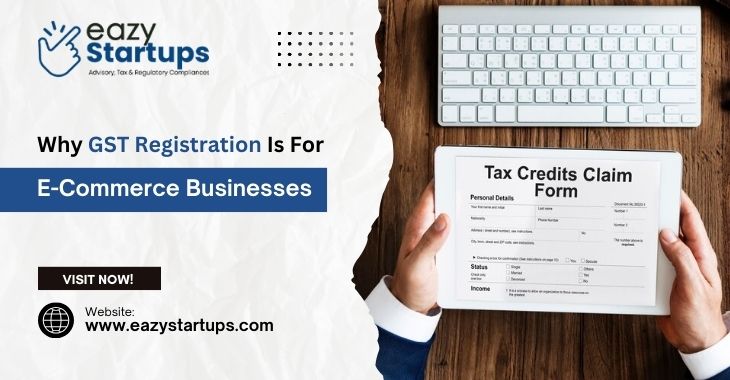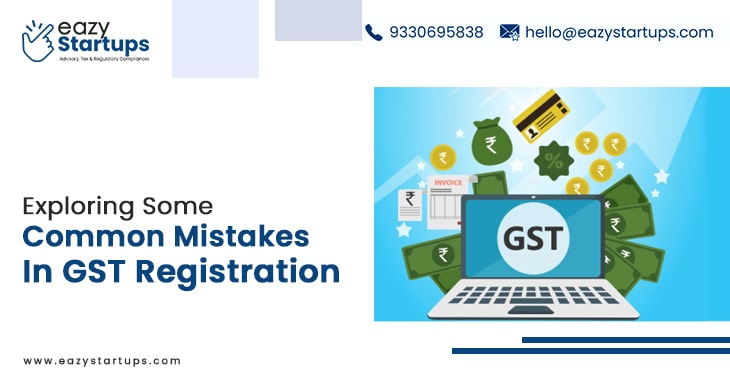Do you want to start a business but lack a real office? No issue! Many startups, internet merchants, and independent contractors operate remotely or from home. The good news is that you don’t need a typical office to register for GST. The government makes it simpler for firms to register by allowing a variety of address-proof choices. So, this blog will explain how to get GST Registration without a physical office in India.
Let’s have a look:-
1. Use Your Home Address
2. Get a Virtual Office Address
3. Use a Co-working Space Address
4. Rent a Small Commercial Space for Documentation
5. Register with a Friend’s or Family Member’s Address
6. Use a Warehouse or Fulfillment Center Address
Use Your Home Address:
You can register for GST using your home address if you don’t have an office. Small business owners and independent contractors frequently experience this. Proof in the form of a rent agreement, property tax receipt, or utility bill is required. A No Objection Certificate (NOC) from the owner will be needed if these documents are not in your name. It is the most economical and straightforward method of registration.
Get a Virtual Office Address:
A virtual office offers a business address without requiring a physical location. Numerous businesses provide virtual office services and assistance with GST Registration. They offer mail handling services, a legitimate address, and occasionally conference room access. Virtual offices are a fantastic choice for online retailers that need to register for GST in several states. They are commonly accepted for registration and reasonably priced.
Use a Co-working Space Address:
Businesses can register for GST using their address in co-working spaces. They verify this through an electrical bill and a rental agreement if you hire a shared space or a dedicated desk. If you want a professional workspace without the high expense of an office, this is a fantastic choice.
Rent a Small Commercial Space for Documentation:
Some entrepreneurs lease a modest commercial space for the sole purpose of documenting. Although it is not necessary to work from there, having a business address is beneficial. Certain landlords provide affordable rental agreements for Online GST Registration. Just make sure you have legitimate paperwork, such as a utility bill and a lease.
Register with a Friend’s or Family Member’s Address:
If the friend or relative owns a business, you can register for GST using their address. An electrical bill or equivalent documentation, as well as the owner’s NOC, are required. This is an easy and affordable method of signing up without having to pay for a separate location.
Use a Warehouse or Fulfillment Center Address:
E-commerce vendors can register for GST using an address from a warehouse or fulfilment centre. Websites such as Amazon and Flipkart offer storage facilities with GST-compliant paperwork offer storage facilities with GST-compliant paperwork. Businesses who need to register for GST in various states would find this very helpful. Typically, warehouses offer accurate evidence of residence, which facilitates registration.
Final Thoughts
You can still register for GST even if you don’t have a physical office. There are several ways to obtain a GST number, regardless of whether you utilize your home, a co-working space, a virtual office, or a warehouse. Just confirm that your documents are legitimate and recognized by the law. GST Registration shouldn’t be a hindrance to the exciting process of starting a business. Select the one that best suits your needs, then seamlessly finish the registration process.
To prevent errors in your Online GST Registration in India, get expert guidance from Eazy Startups. If you’re unsure about the process, our professionals can help you register your business quickly and hassle-free. We ensure accurate documentation and smooth registration so you don’t face delays or rejections. Contact us today and get your GST registration done with ease! To learn more, please visit our website today!






Recent Comments